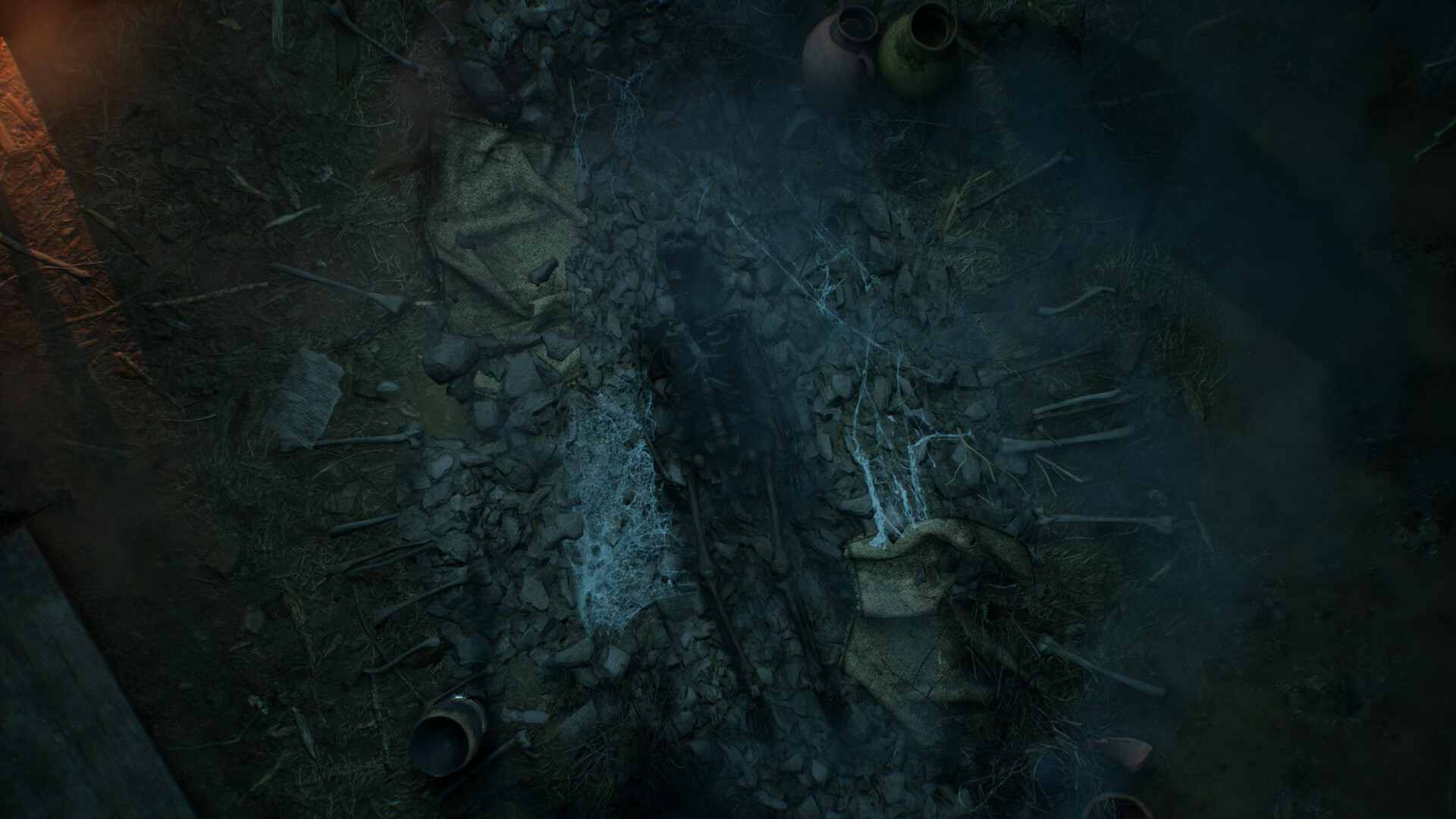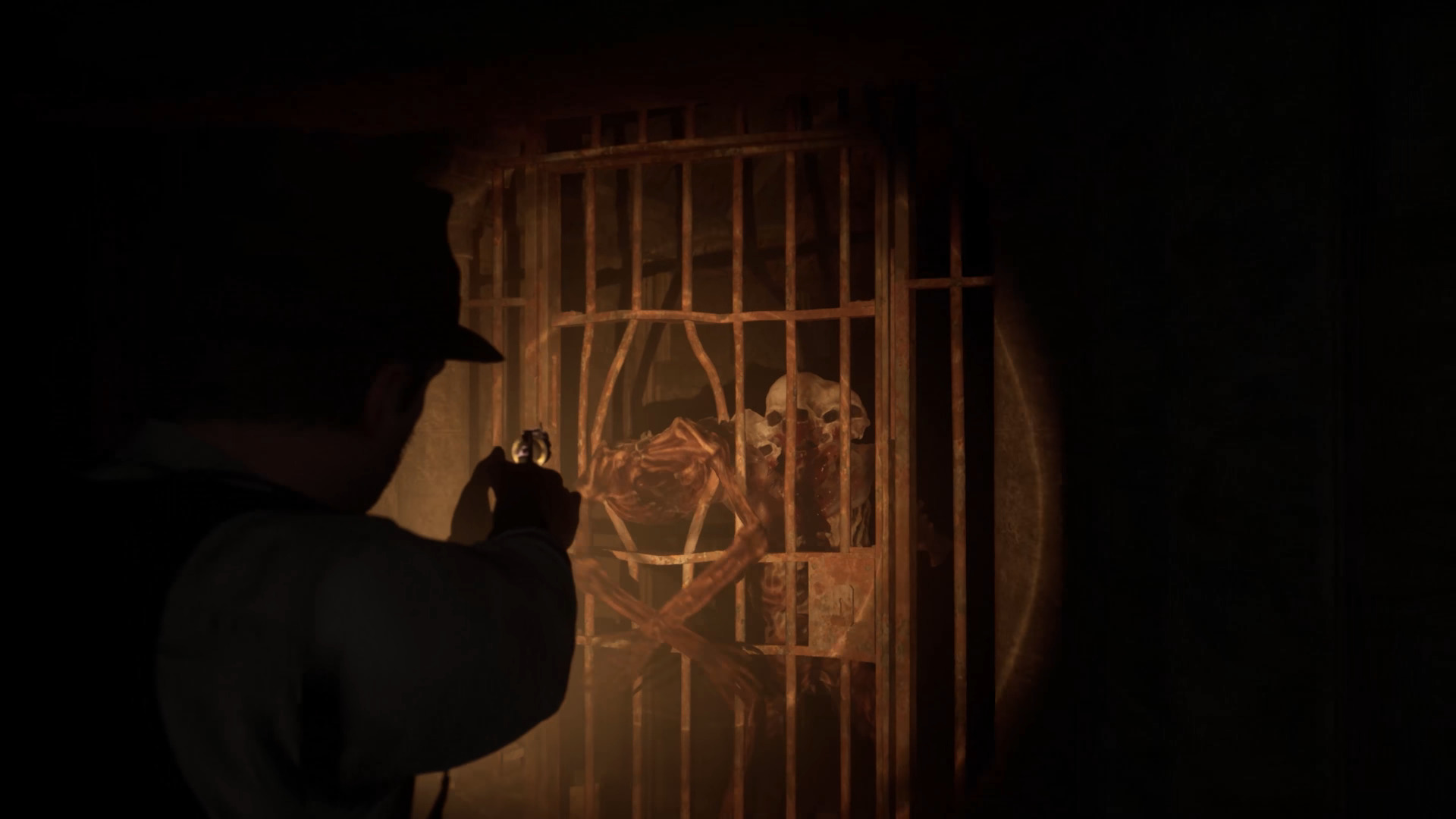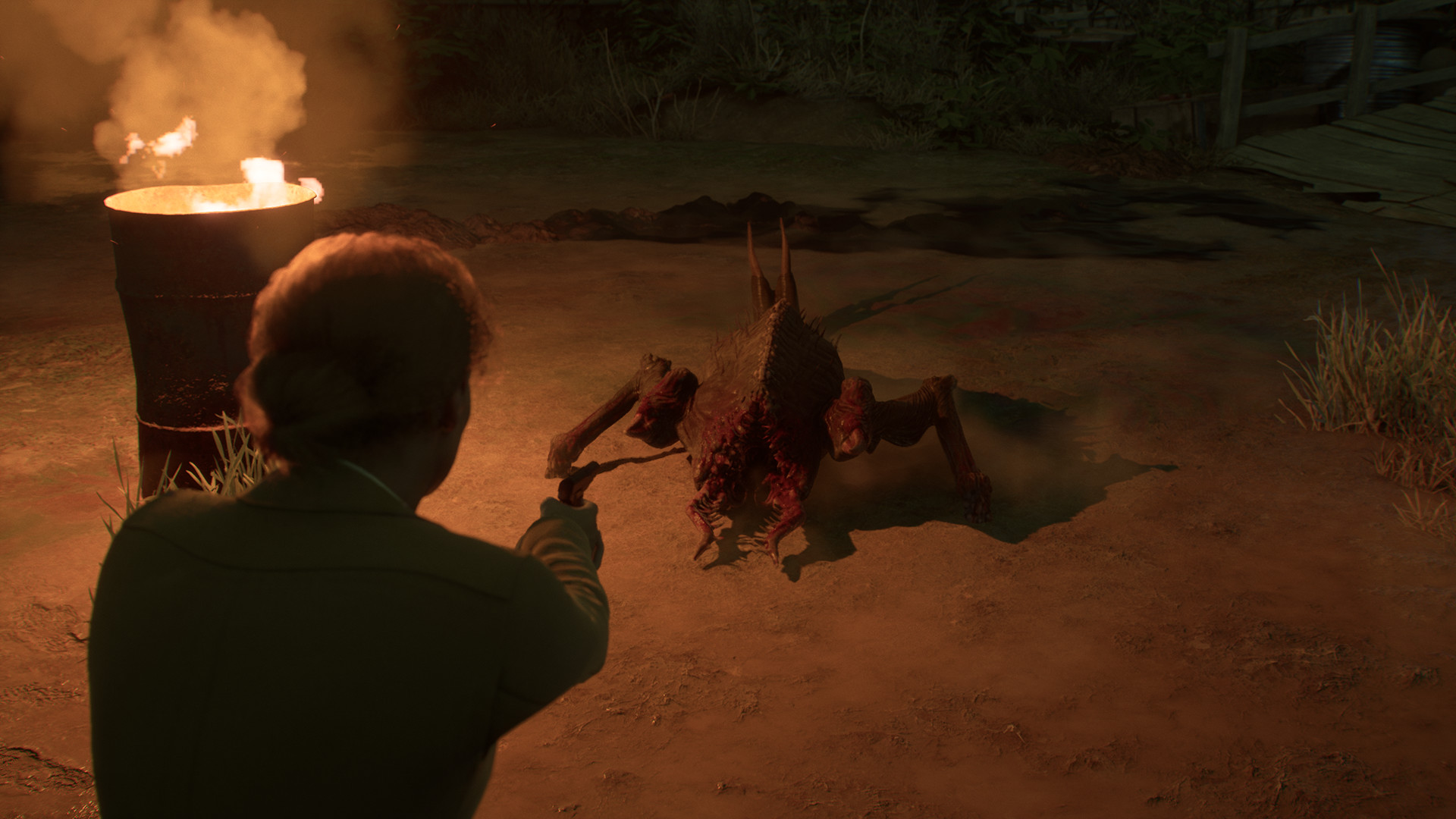The original Alone in the Dark is often remembered as one of the original survival-horror games ever. Its design and how it combined fully 3D character models with 2D backdrops set the standard for how horror games would be understood for decades until Resident Evil 4 came around. It used to be that when gamers thought of horror games, images of prerendered backgrounds, tank controls, and puzzles would be the first thoughts.
Alone in the Dark is already no stranger to getting reboots. There was Alone in the Dark: The New Nightmare in 2001 which was a decent effort, and there was Alone in the Dark in 2008 which tried to incorporate scripted cinematic sequences and open-world segments, but failed to land due to a rushed development. For a while, it seemed that was the end of Detective Carnby’s adventures.
This latest iteration promises to be a faithful, yet “modernized” take on Frédérick Raynal’s original idea. There is no way it would be as tough or as cruel as the real Alone in the Dark, but can it capture its essence? Find out in our Alone in the Dark (2024) review!
Alone in the Dark
Developer: Pieces Interactive
Publisher: THQ Nordic
Platforms: Windows PC, Xbox Series X|S, PlayStation 5 (reviewed)
Release Date: March 20, 2024
Price: $59.99 USD

Alone in the Dark begins strongly and immediately sets itself up to be a faithful remake. Like in the original, players can choose to play as either Emily Hartwood or Edward Carnby and it isn’t long before they’re set loose in the Decerto mansion.
Unlike the original 1992 game, Jeremy Hartwood hasn’t killed himself, but has gone mad and the Decerto mansion has been converted into some kind of sanitarium. For the remake, Jeremy is missing and Emily gets a letter from him with mentions of a figure known as the “Dark Man”, and visions of monsters out to get him. Emily goes to Decerto and brings along Detective Edward Carnby to help her uncover the truth.
Depending on who you choose to play the game’s story will have different cutscenes and will affect the way the other Decerto residents react. The endings can vary, and there is an exclusive area per Edward and Emily, but the core game is the same. The puzzles will have the same solutions, enemies have the same placement, and key items will always acquired in the same locations.

The most tangible differences in Emily and Edward’s gameplay are that Emily is faster and has a weaker starting pistol compared to Edward’s heavy-duty revolver and his heavier melee swings. The optional collectibles have some exclusivity between the two protagonists and if you want to collect them all, then playing as both is required.
Why would anyone want to bother collecting useless items that barely have anything to do with the plot? Collecting them all is the only way to see the extra endings for complete closure. It is fairly rewarding and if you’re a fan of the original games, they seemingly lead into what is possibly a hook for Alone in the Dark 2.
Apart from some stylish and noirish cutscenes when interacting with a few of the Decerto residents, Alone in the Dark is very hands-off with directing the player. You won’t get stuck in forced walking sequences or scripted set pieces. It almost feels like a real survival horror game. The only thing holding it back is that the core mechanics are hopelessly generic and forgettable.

The real Alone in the Dark was a game rooted in 90s adventure game sensibilities. Every item had a purpose and Decerto was full of death traps and things to kill you. You could interact with many objects and each object would cause something else in the mansion to change. A perfect example was the first screen where if you don’t act quickly enough, a monster will jump through the window to kill you.
This situation was a microcosm for Alone in the Dark‘s gameplay since you had several options to deal with the problem. You could either find an escape hatch, find a gun to shoot the creature, or block the window with a bookshelf. Alone in the Dark (2024) completely lacks this sense of interaction with the world and is decidedly very streamlined and modern.
The core gameplay mechanics are like a slightly less refined Resident Evil 3. The shooting and movement are very standard third-person controls with over-the-shoulder shooting. There is a dodge button and while Edward and Emily won’t be able to slow down time with perfect timing, the distance and reliability of the dodge maneuver are effective.

There is a pathetic attempt at stealth mechanics with a crouch walk that is ineffectual and worthless. In most cases, Edward or Emily are better off running away or fighting. Melee weapons are breakable, but there always seems to be something usable nearby. There are also throwable items but once they’re picked up, the player will have to commit since you can’t save them for later, which is annoying.
Alone in the Dark is also structured in a way where it has a majority of the action set in Jeremy’s dream worlds which feel like traditional video game levels. Between these stages, Edward/Emily will be exploring more of Decerto and solving puzzles in it to open up the next area. The combat is so generic that it is more enjoyable to explore Decerto and gradually open it up and solve its mysteries.
Not all the puzzles in Alone in the Dark are worthwhile. There are several instances of an important key item only being a couple of steps away from where it needs to be used. The best moments are when you find yourself pouring over the notes of a madman and cross-referencing them with environmental details to find lock combinations or the numbers for the magical dial to open the next dream world.

Decerto and Jeremy’s dream worlds are dripping with atmosphere. The swampy and sweaty 1920s Louisiana flavor is dense throughout. Characters smoke openly during casual conversation and the lighting perfectly captures the mood of a shadowy horror detective story.
The monsters themselves are on the generic side- mostly a cavalcade of goopy-looking, humanoid monstrosities that flail around. You won’t find zombie chickens or Haitian zombies clawing at the protagonists like in the original. Given how basic the core gameplay is in this remake, there probably wasn’t any way for the developers to come up with more creative ideas than to have traditional foes to shoot at.

The human cast looks excellent. Edward is modeled after David Harbour and his likeness is spot on. He delivers a fairly sarcastic performance and tries to channel a little bit of Mickey Rourke from Angel Heart. He is a weird choice for Edward Carnby or was a bit of a dandy Southern fellow in the original. Harbour is more like a traditional 1920s detective, but way more bloated and dumpy without an accent.
Jodie Comer as Emily is casting that makes a lot more sense. She does a convincing job of playing a woman who is trying to hide her past and does her best to cover up her Southern accent. She is more attractive than her original counterpart, but it isn’t so much that she stands out from the rest of the cast. She looks like a librarian who smokes too much and hasn’t slept for days.
As good as Alone in the Dark looks, it is set back by a multitude of technical issues and game-breaking bugs. Sometimes the game can crash or your character will lose the ability to do anything. It isn’t uncommon to get stuck in a game-ending bug that requires an application reset. Other times the audio won’t work at all. There are also some visual bugs like certain effects that break or won’t stop when they’re supposed to.

When Alone in the Dark works, it’s a by-the-numbers third-person horror game with above-average Unreal Engine 4 visuals. It is a very short experience that is buffered by the two playable protagonists and collectibles that expand the endings. The glitches are common enough that they’re inevitable which is regrettable for such a short game.
Hollywood talent does not elevate the material and their inclusion is perplexing since there are not that many cutscenes or dialogue, even though Jodie Comer is a very good choice for Emily. Most of the voice acting is from the letters and notes which is handy for not having to read pages of text, all of which is from TV and animation actors.
Alone in the Dark is hopelessly mediocre and rife with technical issues. While the bugs can be addressed, the generic gameplay and confusing story will always hold it back. There should have been some effort to include the original 1992 Alone in the Dark as an unlockable extra to add value to this remake, like how Splatterhouse (2010) had the 16-bit trilogy or how the Medievil remake had the PS1 game as an unlockable.
Alone in the Dark was reviewed on PlayStation 5 using a code provided by THQ Nordic. You can find additional information about Niche Gamer’s review/ethics policy here. Alone in the Dark is now available for PC (via Steam), Xbox Series X|S, and PlayStation 5.
